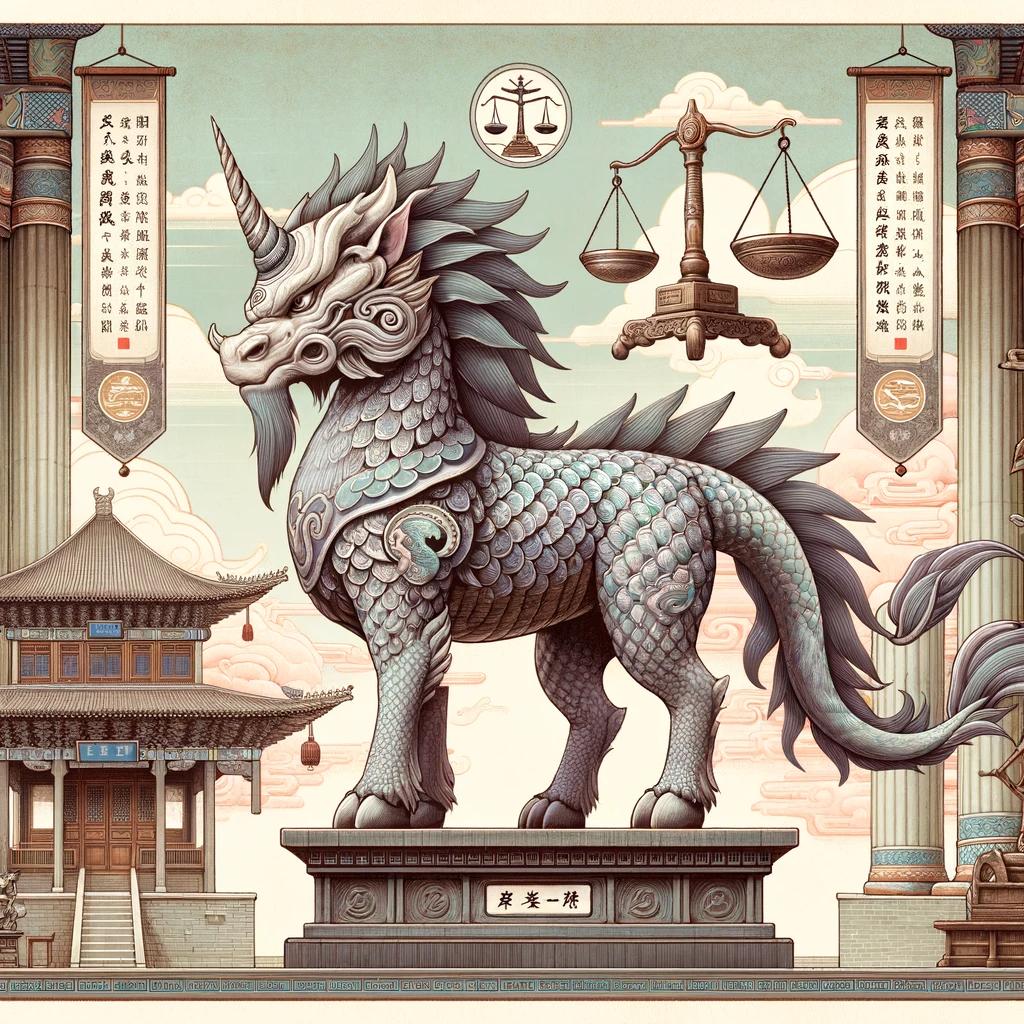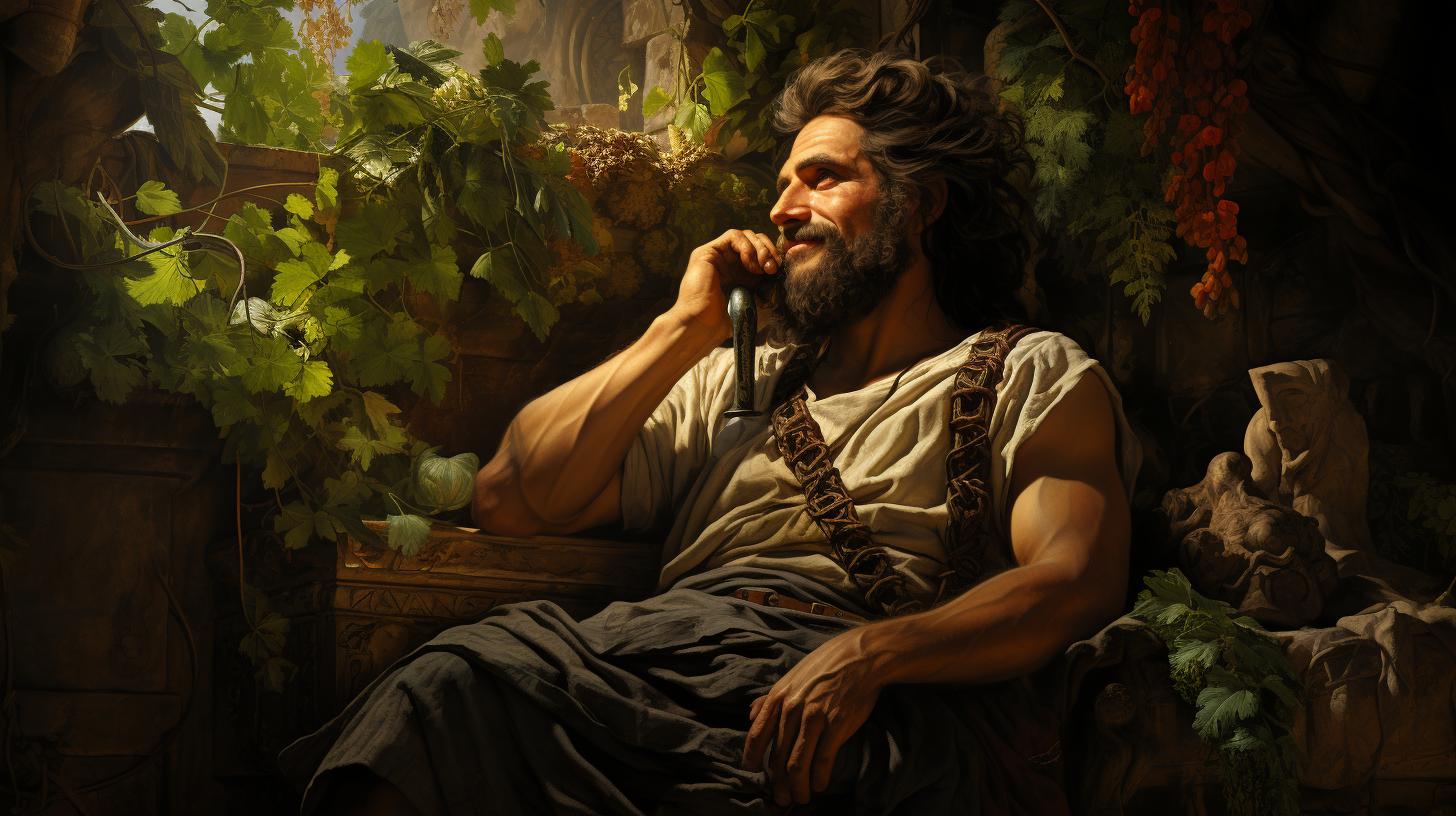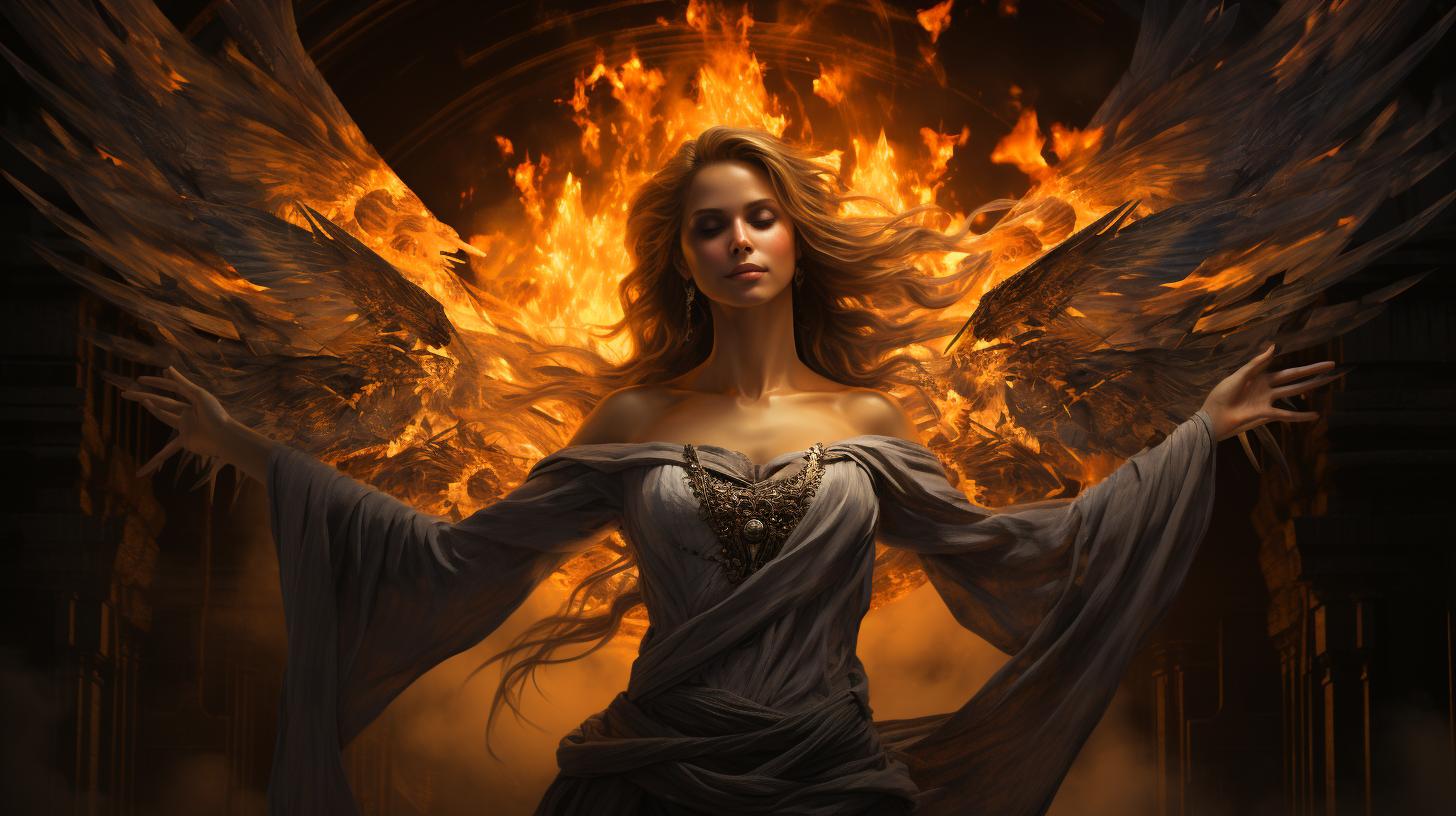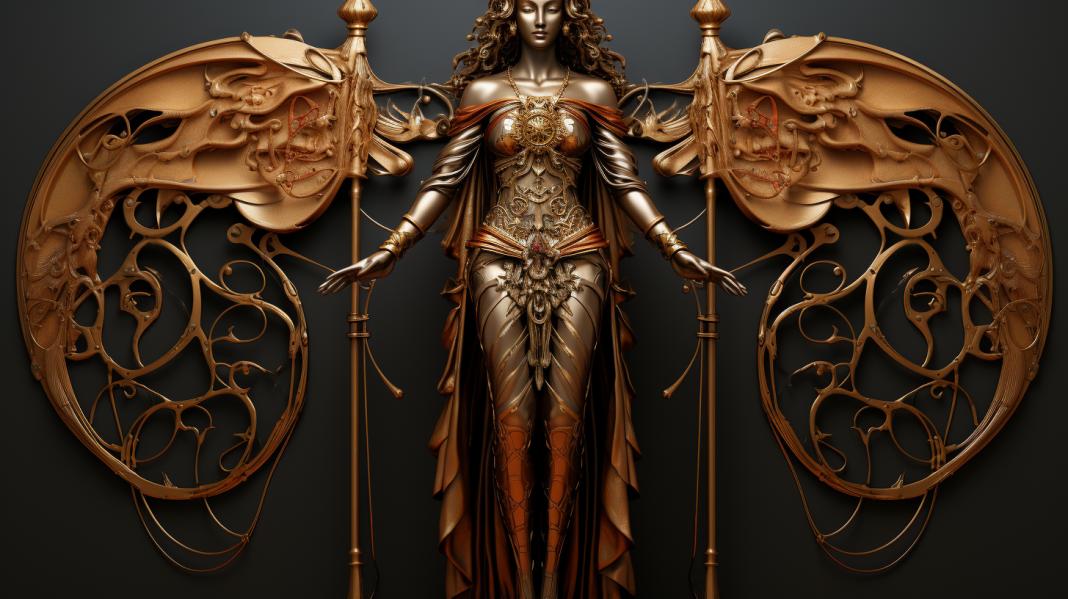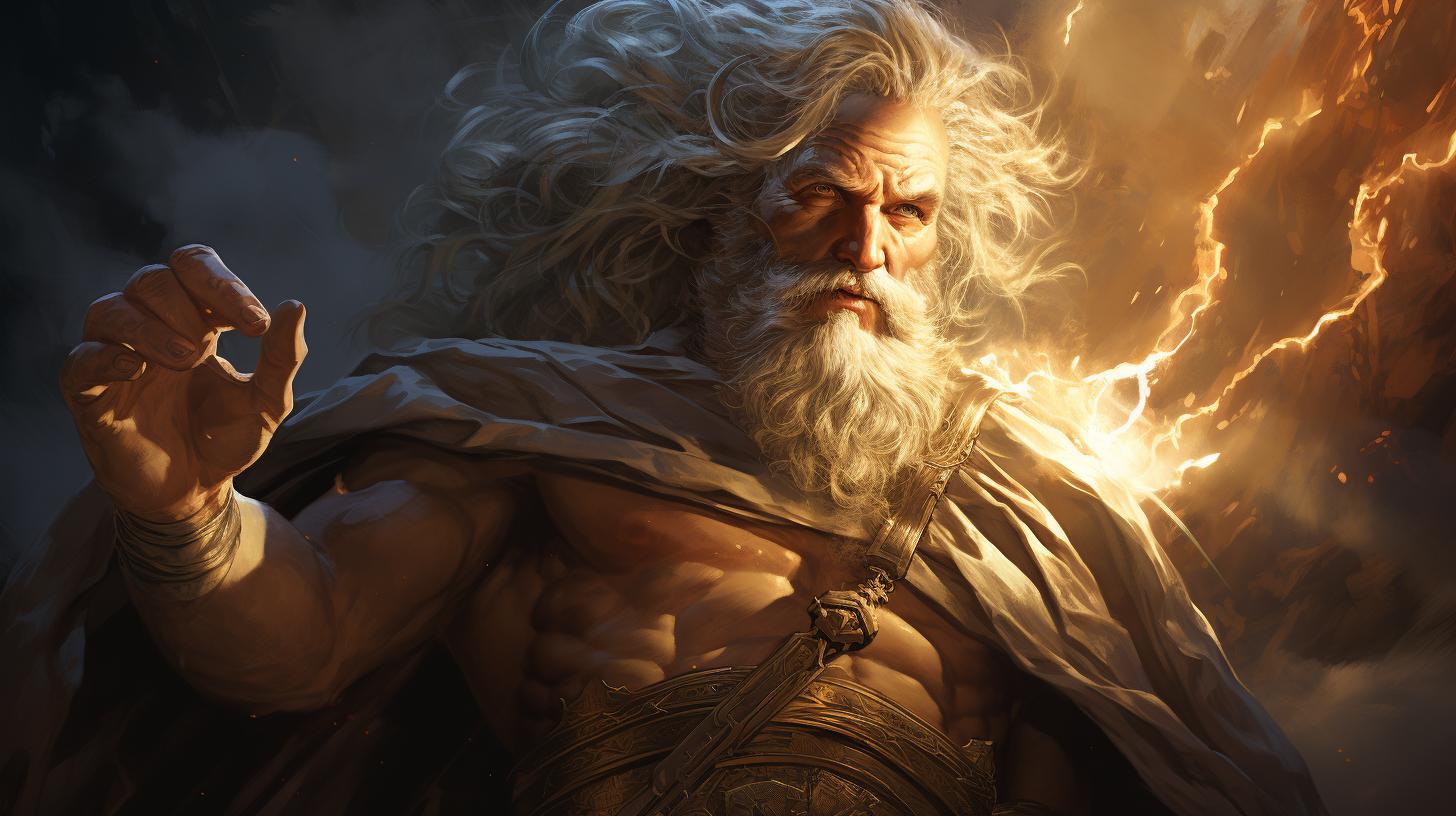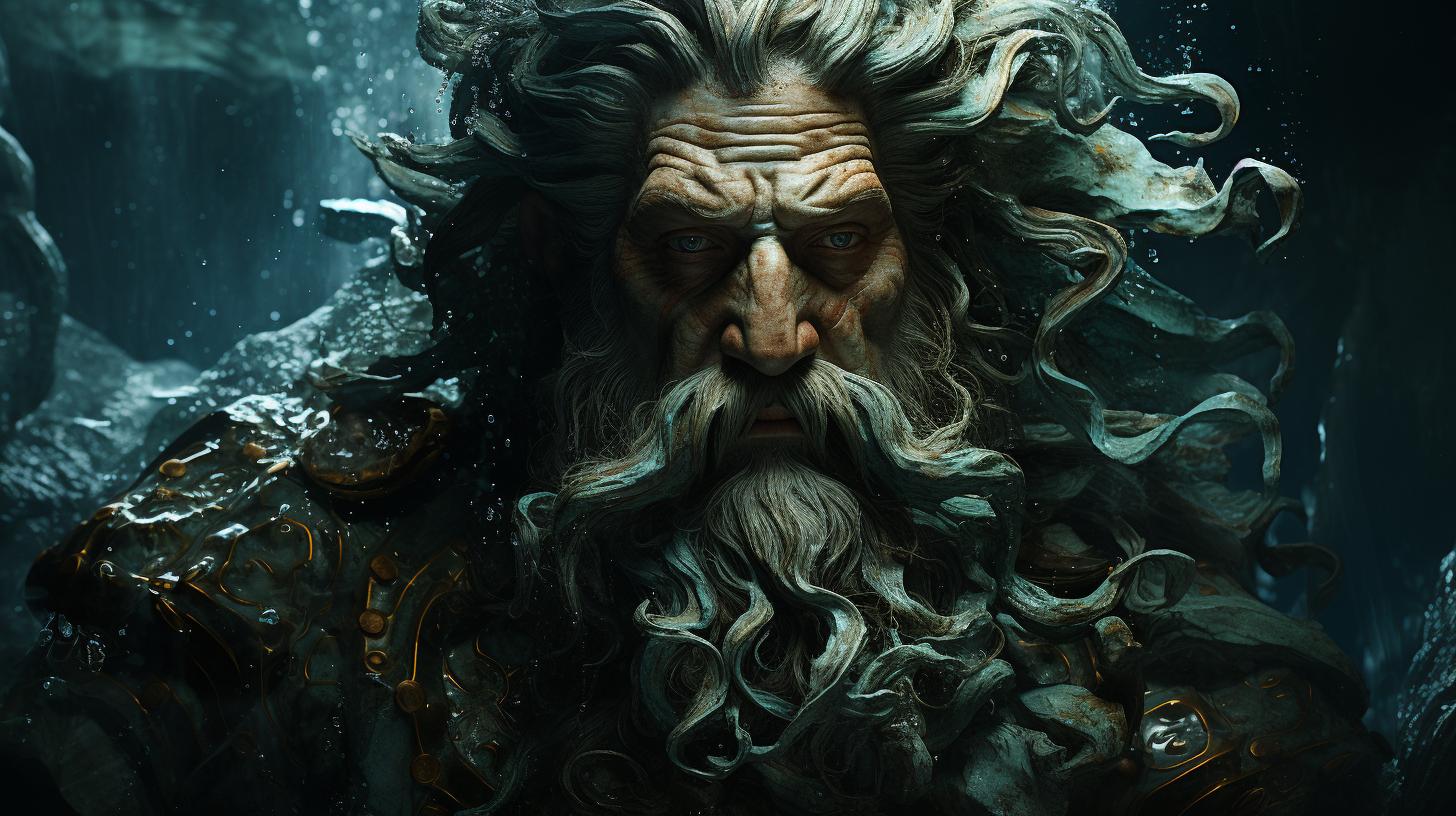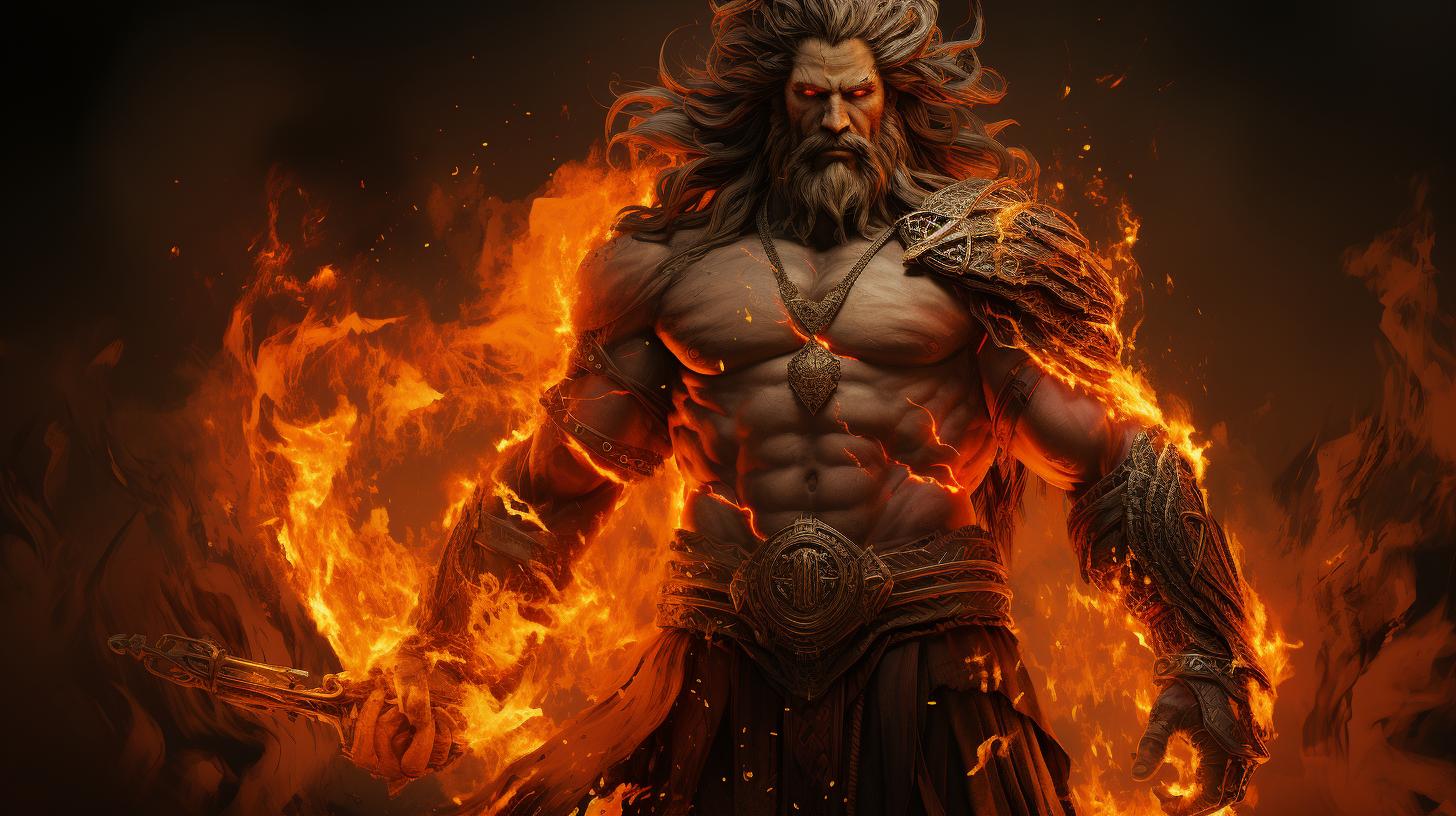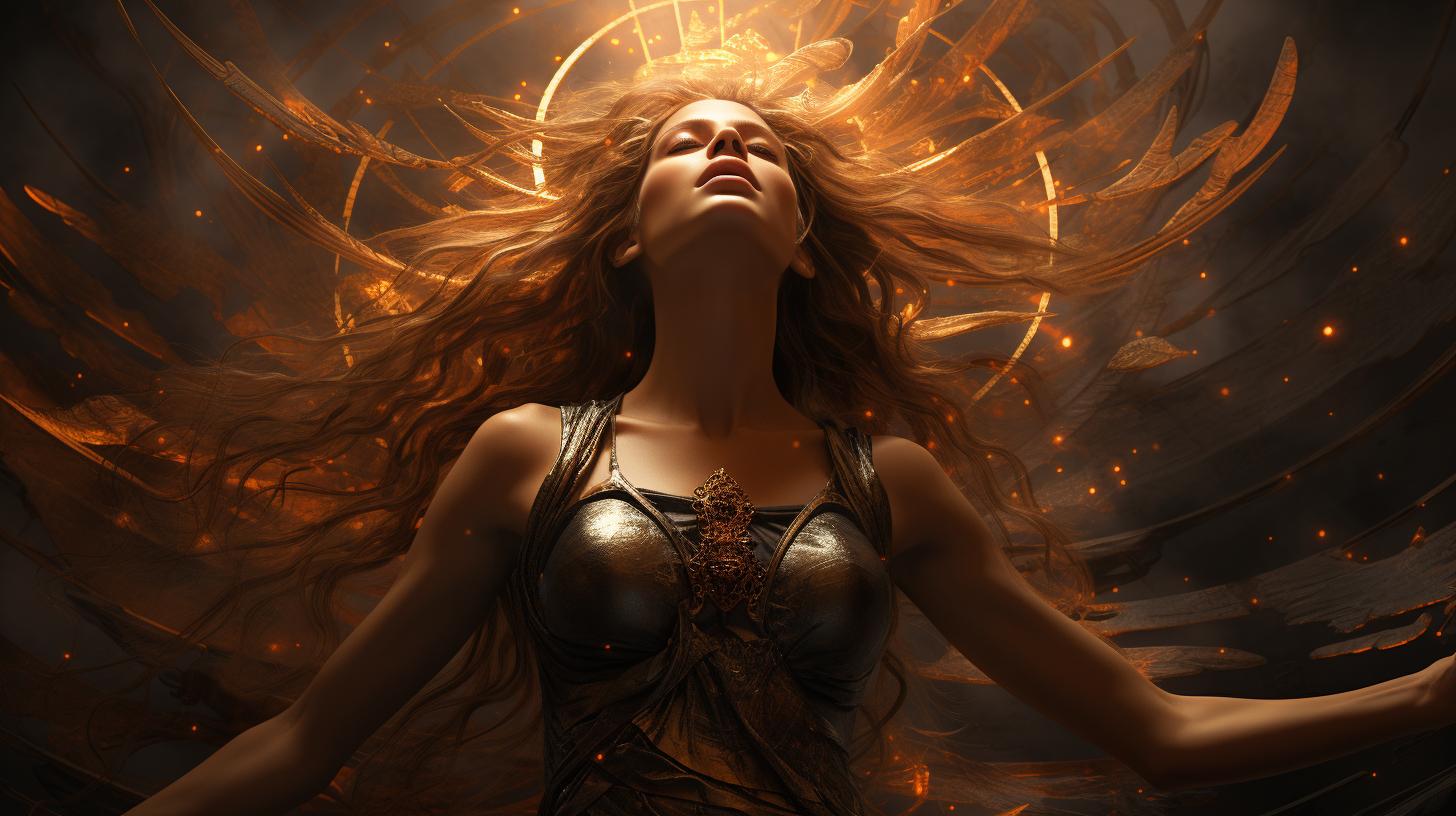Etruscan Goddess Uni: Unveiling the Ancient Mysteries of the Divine
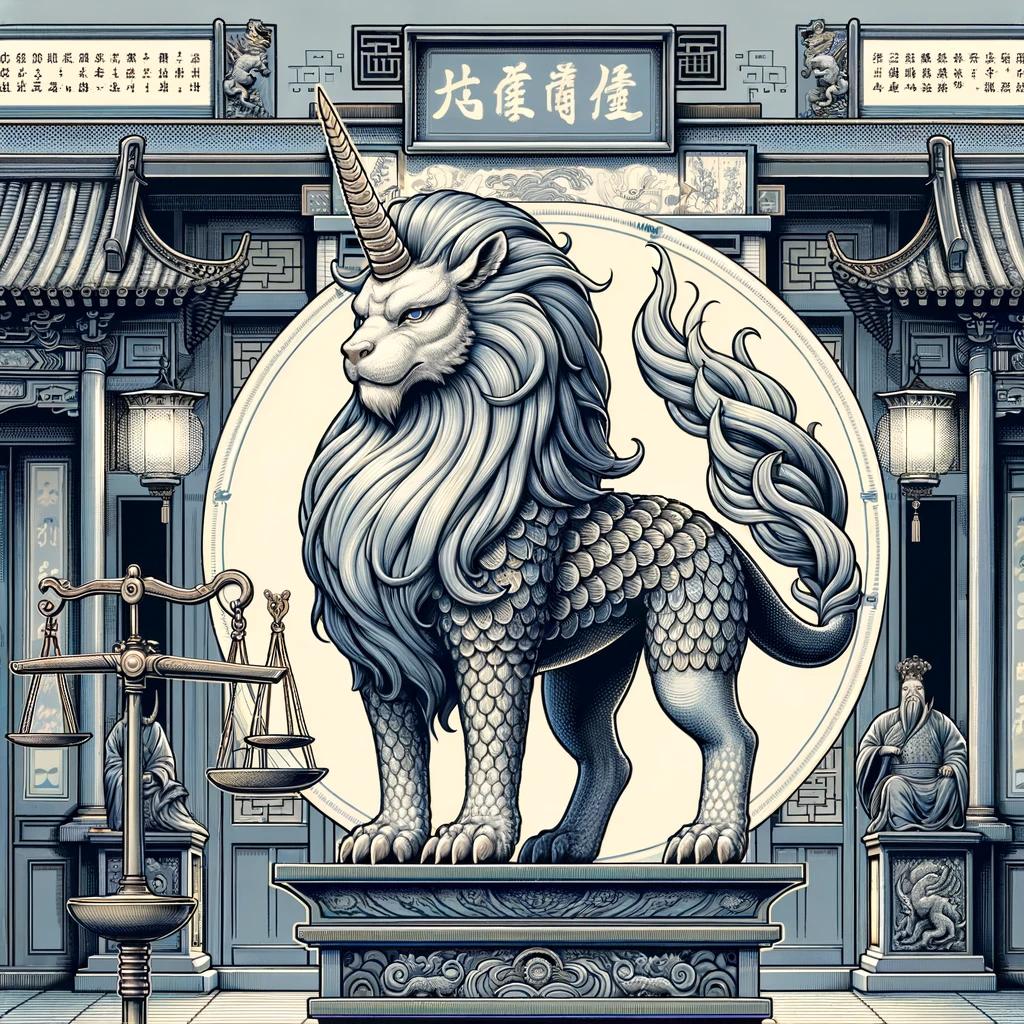
Uni, the enigmatic Etruscan goddess, holds a significant place in ancient mythology. Her origins and attributes continue to intrigue scholars, shedding light on the unique religious practices of the Etruscan civilization.
As part of the Capitoline Triad, alongside Tinia and Menrva, Uni played a pivotal role in their divine trinity. Through temples and sanctuaries dedicated to her worship, Uni’s influence extended to Etruscan art and iconography, leaving a lasting legacy in history.
Recent discoveries and research further unravel the mysteries surrounding this ancient deity, revealing her impact on various ancient cultures, including Roman religion and beyond.
Exploring the Etruscan Goddess Uni
The captivating ancient Etruscan goddess Uni invites us to delve into the rich tapestry of Etruscan religion, unveiling ancient mysteries and shedding light on a civilization shrouded in the mists of time.
Within this exploration, we will uncover the ancient origins of the Etruscan religion, discovering how Uni emerged as a pivotal figure within Etruscan mythology. Furthermore, we will embark on a journey to unravel the enigmatic attributes associated with the goddess Uni that continue to intrigue scholars to this day.
Ancient Origins of the Etruscan Religion
The Etruscan religion, dating back centuries before the rise of the Roman Empire, forms a crucial part of Uni’s story. Exploring the ancient origins, we will uncover the unique beliefs and practices of the Etruscans, shedding light on their connection to the divine realm and how Uni became an integral part of their religious framework.
The Significance of Uni in Etruscan Mythology
Uni’s role in Etruscan mythology goes beyond mere representation. Unearthing the significance of Uni, we will delve into the stories and legends that portray Uni’s interactions with other deities, mortals, and the world around her.
Through these tales, we gain insight into Uni’s divine power and the profound impact she had on the Etruscan imagination.
Unveiling the Mystery of the Goddess Uni’s Attributes
The attributes associated with Uni remain an enigma, compelling scholars to seek deeper understanding. With meticulous analysis and archaeological evidence, we will delve into the symbols, objects, and characteristics linked to Uni, revealing the layers of meaning behind them.
This exploration will illuminate Uni’s multifaceted nature and unveil the mysteries surrounding her divine essence.
The Capitoline Triad: Uni, Tinia, and Menrva
The Capitoline Triad represents the core deities of Etruscan religion, embodying power and balance. This divine trinity consists of Uni, Tinia, and Menrva, each playing a significant role in the Etruscan pantheon.
The Divine Trinity of Etruscan Deities
The Etruscans believed that the universe was governed by a triad of powerful gods. Uni, often portrayed as a female figure, symbolized fertility, harmony, and protection. Tinia represented the supreme ruler and protector, while Menrva symbolized wisdom, craftsmanship, and art.
Uni’s Role in the Capitoline Triad
Uni, as part of the Capitoline Triad, held a distinguished position among the Etruscan gods. She played a crucial role in maintaining the balance and order of the universe, representing love, motherhood, and the cycle of life.
Uni’s presence extended beyond Etruria, influencing neighboring civilizations.
Comparisons with Greek and Roman Goddesses
Uni’s attributes bear resemblances to Greek and Roman goddesses, demonstrating the interconnectedness of ancient cultures. She shares similarities with Juno, the Roman queen of the gods, and Hera, the Greek goddess of marriage and childbirth.
These connections speak to the cultural exchange and mutual influence between the Etruscans and their neighboring civilizations.
Uni’s Sanctuaries and Temples
Uni’s sanctuaries and temples hold a significant place in Etruscan religious practices. These sacred spaces were dedicated to the worship of the goddess Uni and served as centers of spiritual devotion.
Let’s explore some fascinating aspects related to Uni’s sanctuaries and temples:
Exploring the Temples Dedicated to Uni
The temples dedicated to Uni were architectural marvels, designed to honor the goddess and facilitate religious rituals. These sacred structures were adorned with intricate carvings, reliefs, and decorations that showcased the richness of Etruscan artistry.
The temples provided a space for devotees to engage in prayer, offerings, and ceremonies, expressing their reverence for Uni’s divine presence.
The Notable Sanctuary of Poggio Colla
The sanctuary of Poggio Colla stands as one of the most remarkable and well-preserved examples of a religious complex dedicated to Uni. Located in modern-day Italy, this sanctuary served as a hub of religious activity, attracting worshippers and pilgrims from far and wide.
Excavations at Poggio Colla have unearthed fascinating artifacts and inscriptions that yield valuable insights into Uni’s cult and her significance within the Etruscan society.
Unique Artifacts Associated with Uni
Various artifacts associated with Uni have been discovered within her sanctuaries and temples, offering glimpses into the religious practices and rituals performed in her honor. These artifacts include exquisite statuary, ceremonial objects, and votive offerings made by the devotees.
Each artifact provides a tangible link to Uni’s worship, allowing us to better understand the symbolism and devotion surrounding Etruscan goddess Uni.
Uni in Etruscan Art and Iconography
Uni, the revered Etruscan goddess, is vividly depicted in various forms of art and iconography, showcasing the significance of her presence in Etruscan civilization. This section delves into the mesmerizing depictions of Uni through sculptures, steles, and paintings.
Depicting Uni: Sculptures, Steles, and Paintings
Uni’s portrayal in sculptures showcases her divine beauty and power. Intricately crafted statues depict her regal presence, often holding symbols of her authority, such as a scepter or a mirror. These sculptures not only capture Uni’s physical attributes but also convey her mystical essence.
Steles, stone slabs or columns, become a medium through which Uni’s image is immortalized. These stelae often bear inscriptions detailing Uni’s divine attributes and her role within the Etruscan pantheon.
These artistic representations ensure her continued reverence by future generations.
Paintings also play a vital role in depicting Uni’s stories and mythological significance. Frescoes found in Etruscan tombs and sacred sites portray Uni in various settings, such as sacred rituals or celestial realms.
These visual narratives offer glimpses into the religious practices and beliefs surrounding this revered goddess.
Symbolism and Meanings of Uni’s Representations
The symbols and attributes depicted in Uni’s representations hold deeper meanings within Etruscan society. The scepter she often holds symbolizes her authority as a divine ruler. Conversely, the mirror signifies her association with beauty, knowledge, and wisdom.
Uni’s presence in art reflects her multifaceted nature and the many roles she embodied.
The depictions of Uni as a motherly figure remind viewers of her nurturing and protective qualities. These representations highlight her role in safeguarding and guiding both mortal and divine realms.
Uni’s portrayal as a guardian and a nurturer adds depth and significance to the Etruscan artistic representations.
The Influence of Uni on Etruscan Visual Culture
Uni’s influence on Etruscan visual culture extends beyond her portrayal in art. Her presence permeates the overall artistic style and themes of the Etruscan civilization. The prominence given to Uni’s representations in various artistic mediums signifies her importance in society and religious practices.
Uni’s depictions in art served as a means of connecting with the divine and reinforcing the cultural and religious values of the Etruscans. Through the intricate craftsmanship and symbolism embedded in these artworks, Uni’s divine presence was celebrated, solidifying her role as an essential deity within Etruscan visual culture.
- Sculptures bring Uni’s regal presence to life, showcasing her divine beauty and authority.
- Steles immortalize Uni’s image and share her divine attributes through inscriptions.
- Paintings and frescoes depict Uni’s stories and mythological significance, offering insights into Etruscan religious practices.
- The scepter and mirror symbolize Uni’s authority and association with beauty and wisdom.
- Uni’s depictions as a motherly figure highlight her nurturing and protective qualities.
- Uni’s influence on Etruscan visual culture extends beyond individual representations, shaping the overall artistic style and themes.
The Legacy of Uni in Etruscan History
Uni, the revered Etruscan goddess, left an indelible mark on the history and culture of the ancient civilization.
Her importance in Etruscan society was profound, influencing various aspects of daily life.
Uni’s Importance in Etruscan Society
Uni held a central role in the religious practices and beliefs of the Etruscan people. As a deity associated with fertility, she was venerated for her ability to grant prosperity and abundance.
Uni’s significance extended beyond her divine attributes; she was seen as a protector of the community and a source of guidance in times of need.
The Impact of Uni’s Worship on Etruscan Civilization
The worship of Uni had a pervasive influence on Etruscan civilization, shaping their social, political, and artistic landscapes.
The Etruscans’ deep devotion to Uni fostered a strong sense of religious unity and identity among the community. Uni’s worship, combined with other deities, reinforced the Etruscans’ belief in divine intervention and the interconnectedness of the spiritual and earthly realms.
Uni’s Presence in Etruscan Inscriptions and Texts
Evidence of Uni’s enduring legacy can be found in Etruscan inscriptions and texts. References to Uni are scattered throughout ancient writings, offering insights into her role and symbolism. From dedicatory inscriptions to poems and religious texts, Uni’s presence is a testament to her sustained importance in Etruscan society.
In conclusion, Uni’s legacy in Etruscan history is characterized by her profound importance in Etruscan society, her profound impact on various aspects of civilization, and her enduring presence in inscriptions and texts.
The worship of Uni not only shaped the religious beliefs of the Etruscan people but also influenced their social and cultural practices.
Unraveling the Etruscan Goddess Uni: Recent Discoveries and Research
The Pyrgi Tablets: Insights into Uni’s Cult
One of the most significant discoveries shedding light on Uni’s cult is the Pyrgi Tablets.
Unearthed in the ancient Etruscan city of Pyrgi, these inscribed gold tablets offer valuable insights into the religious practices and rituals dedicated to Uni. The tablets contain texts in both Etruscan and Phoenician, revealing the connections between Uni and the wider Mediterranean world.
Researchers continue to study these remarkable artifacts, unraveling the mysteries surrounding Uni’s worship.
Excavations at Poggio Colla: Unearthing Uni’s Secrets
Excavations conducted at the archaeological site of Poggio Colla have provided a wealth of knowledge about Uni and her cult. Numerous artifacts, including statuary, votive offerings, and inscriptions, have been discovered, further enhancing our understanding of Uni’s significance in Etruscan religious practices.
Ongoing excavations continue to reveal new details about Uni’s temples, her role within the Etruscan pantheon, and the rituals associated with her worship.
Examining Uni’s Role in Etruscan Daily Life
Beyond her religious significance, recent research aims to explore Uni’s role in everyday Etruscan life.
Scholars analyze various sources such as tomb paintings, household objects, and written records to gain insights into how Uni was perceived and revered by the Etruscan people. This examination provides valuable context for understanding the multifaceted nature of Uni’s influence and the extent to which her presence permeated Etruscan society.
Uni Beyond the Etruscan Realm
Uni, the enigmatic Etruscan goddess, extends her influence beyond the boundaries of the Etruscan civilization. This section explores the various aspects of her presence in different cultures and time periods, showcasing her enduring significance.
Uni’s Influence on Roman Religion and Mythology
The impact of Uni’s worship transcended the Etruscan realm and found its way into Roman religion and mythology. Believed to be the Etruscan counterpart of Juno, Uni influenced the Roman goddess’s attributes and symbolism.
Uni’s reverence among the Romans played a crucial role in shaping their religious practices, making her a remarkable figure of cross-cultural significance.
Uni’s Presence in Other Ancient Cultures
- Uni’s influence was not limited to the Etruscans and Romans alone. Evidence suggests that her existence and reverence were recognized in other ancient cultures as well.
- In ancient Greece, Uni is theorized to have been associated with the goddess Hera, showcasing the interconnectedness of Mediterranean civilizations.
- It is also believed that Uni’s presence influenced neighboring cultures such as the Samnites and the Umbrians, leaving traces of her divinity in their religious practices.
Uni’s Reverence in Modern Times
Despite the passage of millennia, Uni’s legacy continues to reverberate in modern times.
Her significance as a powerful goddess and a symbol of femininity has captured the attention of scholars, artists, and enthusiasts alike.
- Artistic representations of Uni can be found in contemporary works, reflecting the enduring fascination with her divine presence.
- Cultural events and festivals celebrate Uni’s mythological background, keeping her essence alive in the modern world.
- Uni’s influence extends to popular culture as well, with references in literature, music, and other forms of media, solidifying her status as a timeless icon.
Uni’s vast reach across time and cultures showcases the timeless allure and power of this enigmatic Etruscan goddess, leaving an indelible mark on both ancient history and the modern imagination.
.

